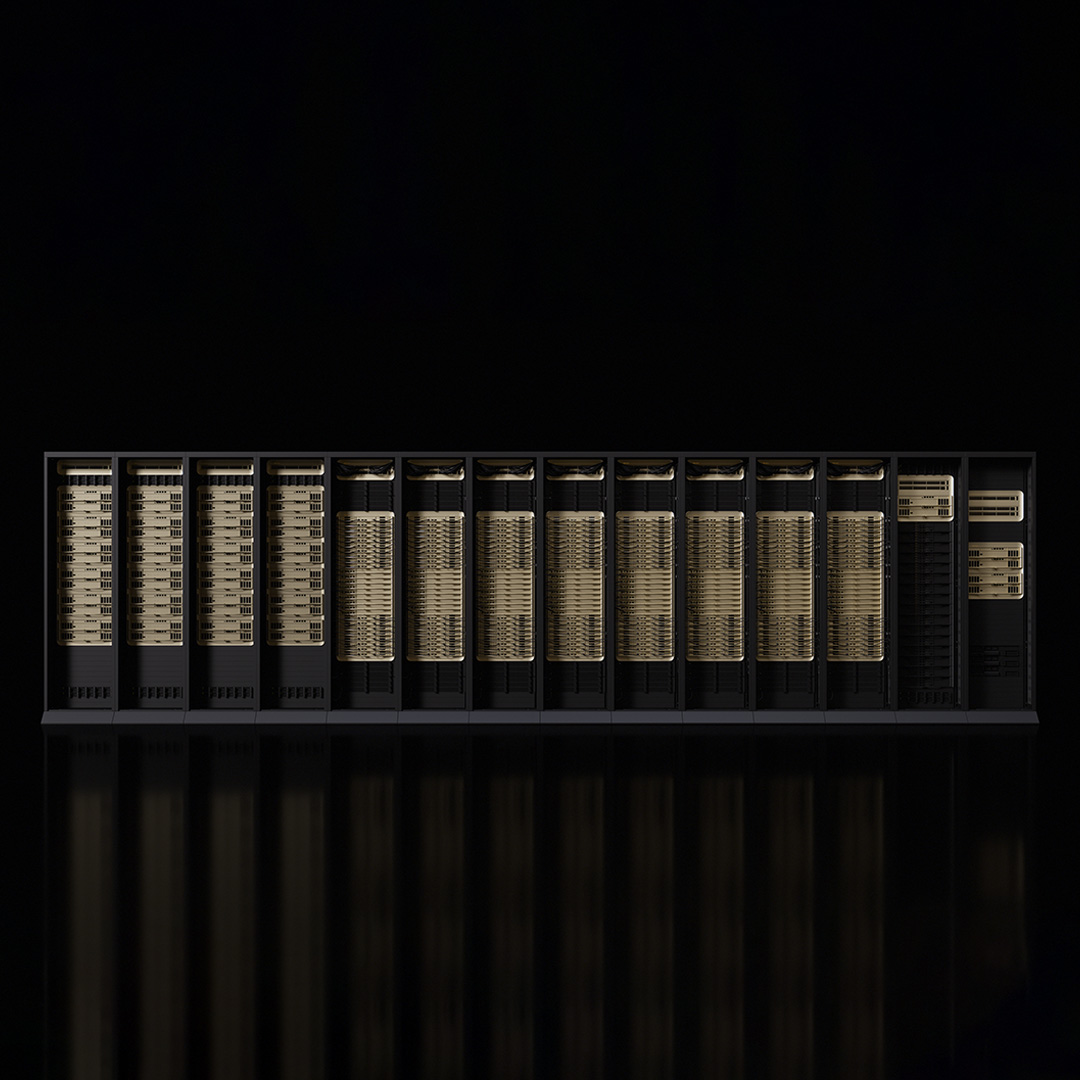UltraTouch Unlocks New Human Interface Possibilities for Software-Defined Vehicles

How do you open your car window? A few decades ago, we’d all have pointed to manual winders. Now, most of us use a physical toggle switch mounted within the door, dashboard, or center console. And in the future? Thanks to UltraTouch smart surface technology combining piezoelectric materials with sophisticated artificial intelligence (AI) and software, it might be as simple as swiping down anywhere on the door panel.
Technology moves on at an incredible pace: The in-car experience of a five-year-old vehicle will be no match for its 2022 counterpart. Take navigation: If you own an older car with an in-built GPS system—one predating Android Auto or Carplay—I’m willing to bet that nowadays you use your smartphone instead.
Yet the rest of the vehicle–the engine, drivetrain, and bodywork–is designed to last far longer. Today there are decade-old vehicles on our roads that still look and drive like new, yet their clunky (or non-existent) navigation, safety, and entertainment systems or cumbersome physical interfaces betray their age.
And if you just want a car to be a car in its most traditional sense, that may be fine. But the shift to electric vehicles (EVs) with ultimately similar electrified drivetrains will see consumers start to reconsider what differentiates models and manufacturers.
As we move towards L3 and L4 autonomy, car owners will focus less and less on the raw driving experience and more on the in-car experience – seeing their vehicle as the ultimate mobile device. For manufacturers, the interior will become the new battleground in the fight for differentiation.
Differentiation moves to inside the car
At the same time, the cars of the near future are likely to remain in use longer. So inevitably, the software that powers these new in-car experiences needs hardware that goes the distance in order to deliver an experience that remains smooth, capable and attractive five or even ten years down the line.
The transition to the software-defined vehicle has begun and companies such as BMW and Daimler are leading the way. The transition presents several major benefits to carmakers and their retail networks: A service model in which cars actually get better throughout their lifetimes brings the potential for recurring revenue opportunities and provides new ways to build brand loyalty.
For that to happen, you need the right hardware on board – from the central ‘brain’ computer to the many domains and zonal controllers spread throughout the vehicle and beyond to the human-machine interfaces (HMIs) that enable us as humans to interact with our vehicle.
And it’s here, at the point where human touch is translated into electronic process, that we at Cambridge Touch Technologies believe we can make a world of difference.
Smart surfaces evolve with you, your vehicle
Even when we reach higher levels of autonomy, touch will remain the most natural way for us to interact with our vehicles. Let’s go back to the car window analogy I opened with. Right now, most car owners will push down or pull up a physical switch to open the window.
With UltraTouch smart surface technology, the entire door panel could be capable of detecting touch and force – so windows could be operated by swiping anywhere on the door panel (with an appropriate level of pressure and gestures to exclude false touches) or perhaps even swiping the window itself. A domain controller ECU for this part of the vehicle would translate the input via our algorithms and signal the window’s servo motors.
UltraTouch works under other surfaces, too. Underneath the leather of the steering wheel, for example. Tapping the steering wheel on the left or right might become the new way to activate turn signals, while gripping the wheel very hard could potentially trigger a ‘high alert’ status that enables the vehicle to take more control in the event of a skid or collision.
There’s a further safety element to UltraTouch: Operating a touchscreen while driving comes with an inherent distraction risk, yet current panels are often oversensitive and prone to false touches. UltraTouch technology minimizes your interaction as much as possible, using location and force tracking, together with haptic feedback, to maximize accuracy and minimize driver distraction.
A fully customizable experience
These are all potential use cases, and there are so many more. This is what makes UltraTouch so suited to the software-defined vehicle of the future: everything is customizable throughout the life of the vehicle. Because the gesture or virtual button locations (and the actions they perform) are defined by software, they can be updated, changed, or customized by the user.
Perhaps a user doesn’t like the idea of swiping the door panel to open it. That’s fine, we can define that window button anywhere else in the vehicle that features an UltraTouch panel on or underneath it.
This is achieved by UltraTouch’s over-the-air programmability and edge capabilities that allow the driver to personalize how they wish to interact with their car. It enables OEMs to provide new value to their customers just when they need it, such as ‘interactivity packages’ on a subscription Features-as-a-Service basis, defined for example by the time of year (e.g., glove capability for the winter months only).
Looking even further out, one could envision that with the concept of shared mobility in the future, your ‘interaction profile’ could be portable with you to maintain your own custom user experience in whatever UltraTouch-capable mobility device you’re using.
The technology behind UltraTouch
How is this possible? It starts with piezoelectric film–which by itself is a dumb, totally transparent material. It does, however, have this one great property where if you push it, it self-generates a tiny electrical signal. But that signal is useless unless you know what to do with it or how to harness it.
That’s where the algorithms and the AI come in. By analyzing the data that comes from that human interaction in real-time we can identify where, how and with what pressure the film has been touched. And it can be done much faster than you can type, in the order of tens of milliseconds.
We quickly proved UltraTouch’s potential in compelling prototypes, with the film integrated into sensors hooked up to a computer running our software and algorithms. But when it came to running this groundbreaking software on a car zonal controller, we knew we needed groundbreaking hardware, too.
Arm Flexible Access
We began looking at commercial-off-the-shelf (COTS) silicon but couldn’t find anything that really did the job properly of amplifying the tiny, tiny signals generated from the piezoelectric film. And if we did find something somewhat suitable, it was far too high-end – $45 to $100 a pop. Even then, it was like fitting a square peg into a round hole – our algorithms worked with it, but not to their full potential.
So we made a big decision – certainly one for a software company with limited experience in silicon design – to build our own chip that did everything we needed it to. We knew we needed a mixed-signal chip, able to convert very small analog signals to digital.
We needed it to be ultra-low power, yet capable enough to run our algorithms now, and into the future as they learn from user data and grow more sophisticated. UltraTouch is an edge-native solution and we want most, if not all, of the intelligence done independently at the edge. And of course, we needed it to be low cost – far cheaper than anything we’d found on the market.
With all these requirements considered, we ended with only one real option on the table: a custom system on chip (SoC) designed with Arm Flexible Access. Arm Flexible Access provided us with up-front access to a wide range of Arm IP, tools, and training, enabling us to audition different Arm cores for the job – and it quickly became apparent that Arm’s lowest power cores within the Arm Cortex-M family did everything we need in terms of DSP and algorithmic processing.
And more importantly for our investors and other interested parties, Flexible Access enabled us as a venture-backed company to hit the ground running and design, build and optimize our prototype before we go to production without breaking the bank.
Our SoC is a perfect example of the suitability of Arm technology for next-generation and edge-native sensors like UltraTouch, highlighting our mutual efforts to advance the software-defined vehicle as the next big thing, and in particular, the interior interfaces and user experiences.
What’s next for UltraTouch?
Automotive is only one use case for UltraTouch – we have customers working to build our technology into their devices across a range of markets, from wearables to consumer appliances to medical technology.
UltraTouch works in the rain, underwater, and when installed under metal or plastic. It even solves one age-old problem: it works with gloved hands. Suddenly changing the radio station on the way to work on a cold winter morning isn’t so much of a problem.
But while UltraTouch has potential in more use cases than I can list here, I find the automotive applications to be especially compelling. The software-defined vehicle is happening, and we need an equally cutting-edge sensor with AI and edge technology to bridge the gap between human interaction and everything that the car of the future can do.
Cambridge Touch Technologies’ UltraTouch is now available for customer sampling through its new, state-of-the-art UTA3221 force-touch controller SoC, powered by Arm.
Greater freedom to innovate with Arm Flexible Access
Arm Flexible Access provides up-front, low-cost access to a wide range of Arm IP, tools, and training for startups. Experiment and design with the entire portfolio; license fees, if any, are only due at the point of manufacture and calculated only on the IP included in the final SoC design.
Any re-use permitted for informational and non-commercial or personal use only.













